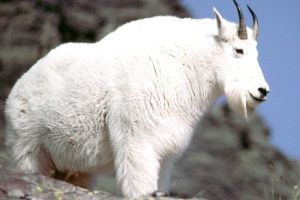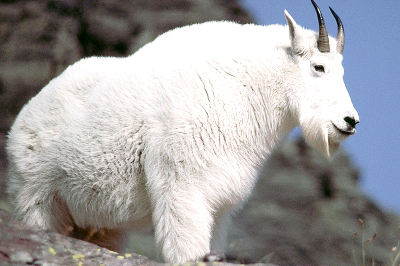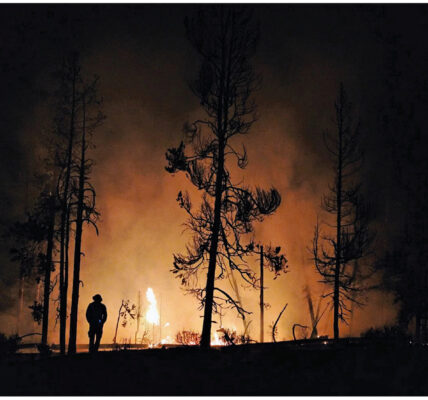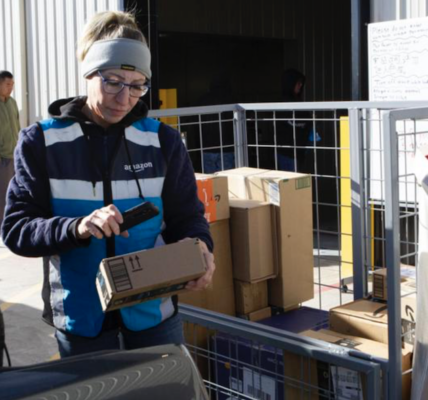By Mike Koshmrl
Jackson Hole Daily
Via- Wyoming News Exchange

JACKSON — A second shot at eliminating nonnative mountain goats from the Teton Range was to begin Friday.
The National Park Service’s first attempt at eradicating the 100 or so goats dwelling in the Tetons was called off because of a prolonged winter storm. In the meantime, the Wyoming Game and Fish Commission came out “condemning” the approach, asking for the park to use “skilled volunteers” — aka, hunters — instead. But Grand Teton National Park officials announced Thursday that the lethal aerial operation would start Friday.
“It’ll be implemented in the morning,” park spokeswoman Denise Germann told the Jackson Hole Daily on Thursday. “We’ll be putting up signs this afternoon.”
As with the first attempt, which was foiled by weather the first week of January, much of the central part of the Teton Range will be off limits to the public for safety and to afford the operation space. This time, the Park Service appears to have the weather on its side, with blue skies and a high-pressure system forecast through Sunday.
One change from last month’s plan is the order of the operation. Initially the contractor, Oregon-based
Baker Aircraft, was going to use the first day or so to do aerial reconnaissance, mapping out the distribution of goats.
This time, local Wyoming Game and Fish Department biologist Aly Courtemanch has been in the air counting ungulates all week. She was able to help the park by checking in on the goats while censusing the range’s native bighorn sheep.
“Aly provided some intel as far as where the goats may be,” Germann said.
Courtemanch was still in the air Thursday afternoon and was not available for an interview.
The goal of eradicating the fast-growing goat herd is to help out a similar-size herd of native bighorn sheep. The two species share finite winter habitat in the high-elevation windswept range, and wildlife managers worry that the goats could transmit deadly pathogens against which the sheep have no defense.
The eradication plans have been broadly supported, including by the state of Wyoming, though the technique has been a point of contention.
The high peaks will remain closed until further notice, Germann said. The off-limits zone runs from the western shores of Jenny, String, Leigh and Jackson lakes and extends over the range to the western park boundary with the Jedediah Smith Wilderness. North to south, the closure will run approximately from Rolling Thunder Mountain and Eagles Rest Peak down to Glacier Gulch and the South Teton.
Most of the operation will likely take place between Cascade and Snowshoe Canyons, where most of the Tetons’ goats typically reside. Parking areas and access points will be signed.
Baker Aircraft will use shotguns or rifles loaded with nonlead ammunition, with the weapon type depending on the conditions.
“The intent is to remove all the mountain goats,” Germann said. “And we want to do that as quickly as we can.”
Carcass recovery is unlikely, Germann said, but if it can be done the remains will be passed along to Utah State University researchers who are working
on a project assessing the body condition and nutrition of mountain goats.
Germann was not sure how many goats Courtemanch detected during her flights or where they were located.






